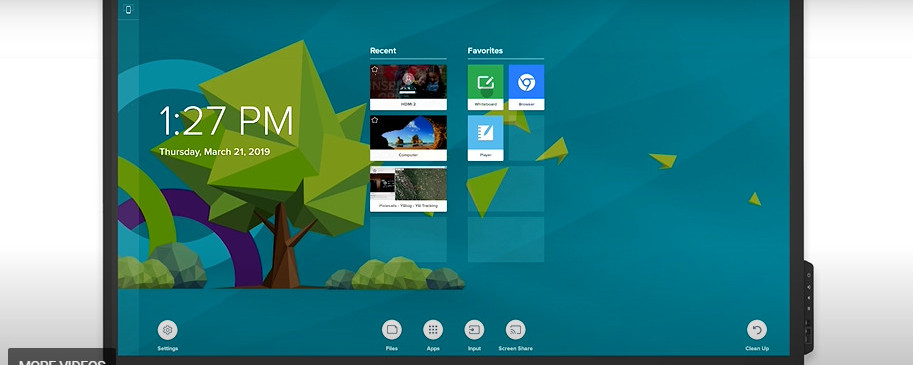
What You Wanted and What You Got.
We have all woken up on Christmas day at some stage and been totally underwhelmed by what we received. When you were wishing for a new bicycle and ended up with a pair of socks.
And it always started with the advent calendar. All the other kids were getting metal whistles and cool gifts and you ended up with a plastic “dummy”.
This Christmas is about Karma and will right some of the wrongs you have been dealt with over the years.
 The Gifts You Always Wanted.
The Gifts You Always Wanted.
Here are some suggestions for gifts that are MUCH better than gift cards or socks if you have an English teacher on your gift list.
Alternatively, if you ARE an English teacher, you can leave this list open on your laptop for your students to “inadvertently” find. Or go and treat yourself. Isn’t it time you upgraded your laptop and added some speakers to play in the class?
There will be no judgments from this teacher.
Books, The teachers’ choice.
Teaching is a stressful profession, and reading for enjoyment can help you decompress by transporting you into a different world. This is why teachers adore books.
Whether it’s fiction or non-fiction if it is a captivating read you can be transported through time and space to a place where you can escape and explore.
Books are a teacher’s and student’s choice.
The World Book Company.
Since 1915, the World Book Corporation has dedicated itself to producing accurate, impartial, and trustworthy products that have regularly been rated as the finest in the education industry by teachers, librarians, and families.
The complete World Book Encyclopedia is the most recent and up-to-date print and online encyclopedia available thanks to the work of thousands of specialists.
From the 2017 World Book Encyclopedia’s 100th Anniversary Commemorative edition to intriguing new titles like Enigmas of History, Building Blocks of Science: Life Science, and Endangered Animals of the World, the titles cover a variety of topics and age groups.
There are various advertising campaigns every month, and they offer free shipping to consumers in the United States and Canada. You’ll come across information that will enlighten and enrich you.
The World Book company has everything from sports-related books to encyclopedias. A teacher’s dream and delight await all who hearken upon this voyage.

Or divest yourself of pretense of unselfishness and throw your head back and scream for your laptop.
Laptops for Legendary Teachers who Create.
And books are great, but let’s get real. These babies are for the hardworking teacher who crafts his lessons from scratch and demands the best. So if you want to reward yourself, These come strongly recommended.
Are you already dreaming of i9 Laptops? The Real Dream.
Asus Zenbook.
Maybe a bit of ASUS will spice things up for you…You can just watch or be part of the action for less than US$2,000.000.



Asus New Features.
There are a few features that make this laptop a standout and stand apart laptop. This laptop includes a secondary 3.5-inch OLED display on the lid in addition to the primary display in its usual location. This display may show various animations, notifications, battery life, date and time, and user-customizable text.
This laptop’s compliance with US Space System Command Standards (SMC-S-016A) and resistance to vibrations and extremely low or high temperatures are its other unique features. This device’s durability meets MIL-STD-810H specifications for toughness.
The ASUS ZenBook’s internal processor, the Intel Core i9-12900H, has 14 cores and 20 threads. The laptop’s integrated Intel Iris Xe graphics are available for graphics. A 1TB PCIe Gen 4 SSD and 32GB of LPDDR5 RAM are added to the potent processor.
It lacks a number pad because of size and space limitations. However, it does have a virtual number pad. It comes with 2 Thunderbolt 4 connections, a USB Type-A port, an HDMI and headphone jack, and an SD card reader.
A USB Type-A to RJ45 Gigabit Ethernet converter from Asus is also included in the box.
The ASUS ZenBook is currently available for purchase. The laptop costs $1,999 and has a metallic Titanium color. Words and numbers aside, it is ready for some heavy duty processing work
Apple Pro M2. Dream No. Two or No. One?



M1 or M2, 14″ or 16″
The M1 MacBook Air, M1 MacBook Pro, and M2 versions of those models have already been released, and their successors might not be too far away. Here is all the information you require for the upcoming release.
Despite rumors that the new laptops would be released soon, the prediction that the MacBook Pro with M2 Pro and Max CPU s would arrive in the fall of 2022 has been crushed.
New Macs are often introduced by Apple in November.
Next year will bring new Macs. Apple’s upcoming lineup of Macs “probably won’t ship until early next year,” according to Gurman. Gurman anticipates the first half of March 2023 as the timeframe.
Pricing.
The prices for the current models are as follows. Despite some significant price increases, we don’t foresee any significant changes in the U.S. With the M2 makeover, Apple increased the cost of the base MacBook Air by $200, or 20 percent.
Final Thoughts.
Despite or maybe because everyone seems so serious this year, I have put together a couple of things that I would love to receive under the Christmas tree.
Sometimes Santa is better when he tries to be worse. They say “karma” is a b****. Well, this year I’m up for it and I hope you are too. My ‘karmic” balance involves a couple of hi-end laptops and I hope this can go somewhere in bringing a bit of balance in your life.
If these don’t tickle your fancy, send me an email and Include your righteous response with a plethora of your perfect presents. And I will see what Santa can do to provide some Santa treats.
Author: Stephen. Editor

Editor to VietnamESL, Kool Affiliate, and recently acquired Gardening-Guru, Stephen has worked in small business for the last twenty years. He has clocked up many hours, days weeks, and years in growing small businesses into large healthy ones.
Stephen’s career highlights include establishing and running two English schools in H.C.M.C Vietnam. Conducting training for native English Teachers in Pleiku for the Ministry of Education of Vietnam (M.O.E).
And now helps people with their own dreams who wish to teach in Vietnam or live the nomadic lifestyle of the laptop warrior.
















































